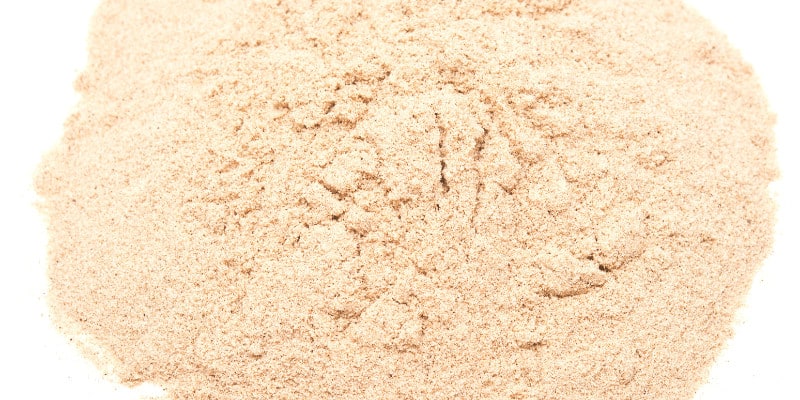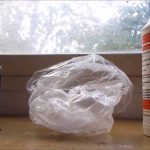Sand is a naturally occurring material that can be found in various forms across the world, and it has many uses in both industrial and recreational settings.
However, when it comes to disposing of used or excess sand, it’s important to understand the proper methods for doing so in order to minimize potential environmental impacts and adhere to local regulations regarding its disposal. So, how do you dispose of sand properly?
Sand is annoying and useless. However, when improperly disposed of, it can cause problems for the environment and human health.
For example, when sand is left in swimming pools, it can cause irritation and even infection. Similarly, sand is harmful to plants and wildlife when it’s left on the ground.
In fact, sand can get into rivers and lakes, where it can interfere with water circulation and harm the fish that live in these waterways. To prevent these problems, it’s crucial to dispose of sand properly.
What is Sand?
Contents
Sand is a granular material composed of finely divided rock and mineral particles that range in size from 0.0625 mm (or 1/16 mm) to 2 mm in diameter depending on the type being used.
It can be found naturally occurring along beaches, riverbeds, deserts, and other areas around the world or produced by crushing rocks into smaller pieces or through other processes such as chemical precipitation or crystallization from solution.
Depending on its composition, coloration, and texture, it can be used in a variety of applications, including construction projects such as concrete production, land reclamation, filtration, abrasive blasting, landscaping, horticulture, recreation like volleyball courts and playgrounds, golf courses, water filtration systems, glass-making, oil drilling operations, etc.
Different Types Of Sand And Their Uses
There are many different types of sands available, with varying compositions depending on where they are sourced from.
Beach sands have more shell fragments than those sourced from rivers, while desert sands tend to contain more quartz grains than either beach or river sands do.
However, all are generally composed primarily of quartz grains with varying amounts of other minerals such as feldspar, mica, and amphiboles mixed in as well, depending on the source location.
The most common uses for each type include:
Beach Sands
Due to its soft texture, it is popular for recreational activities as well as construction purposes such as concrete production and land reclamation.
River Sands
Commonly used for construction purposes such as concrete production, it is also popular for landscaping projects due to its fine texture.
Desert Sands
It is used mainly for abrasive blasting operations due to its coarse texture, but is also popular for landscape projects due to its unique coloration, which adds an interesting aesthetic appeal when compared with other types of sand.
How To Dispose Of Sand Responsibly
Properly disposing of used or excess sand is important not only because it helps reduce potential environmental impacts but also because there may be local regulations regarding how it should be done in your area.
Here are some tips on how you can dispose of your sand responsibly:
- Check with your local municipality about any special requirements they may have regarding the disposal of sand before beginning any project involving large amounts of sand.
- If you need to get rid of excess sand after a project is completed, make sure you use a licensed waste hauler who will take care of disposing of it properly according to all applicable laws and regulations.
- If you are disposing of small amounts at home, make sure you put them into biodegradable bags or containers before putting them into your regular trash bin so that they don’t end up scattered around your neighborhood or polluting waterways near your home.
- If you plan on using large quantities at home, make sure you set up an area away from any waterways where you can safely dispose of the excess without causing any pollution issues downstream.
How to Reuse and Recycle Sand
Sand is everywhere; it’s one of the most abundant elements on our planet.
It’s also a vital resource that we often take for granted. But sand isn’t just another natural resource.
It can do more than just beautify a beach. Sand can also be put to practical uses, such as in the construction, glass, paper, and ceramics industries.
Sand is also recycled into glass.
This is done by heating sand until it becomes molten and then cooling it to solidify the glass into a product.
Sand is also used in the production of bricks, which are used to support buildings.This sand usually comes from riverbeds and is washed and compressed to make it stronger.
Other common uses of sand include the production of paper, glass, tiles, and ceramics.
In fact, glass contains about 30% sand. Sand is also used to polish and coat metal, and to stuff cushions and toys.
What to Do with Leftover Sand?
The beach is a popular destination in any part of the world. Beach holidays are fun, but they come with a lot of waste.
The sand is a big problem, as it takes thousands of years for nature to naturally replenish this sand. So, what to do with all that leftover sand?
Here are 5 things you can do with leftover sand:
- In your garden – Sprinkle it all over your garden to help retain moisture in the soil and discourage weeds.
- As a decorative item in your home – Display it in a jar or vase in your house.
- As a decorative item in your living room – Display it in a jar or vase in your living room.
- As a decorative item in your office – Display it in a jar or vase in your office.
- As an ingredient for your pet’s food – Sprinkle it in your dog’s or cat’s food to help retain moisture in their food.
Also Read: How to Dispose of Sandbags Properly
Conclusion
In conclusion, it’s important to dispose of sand properly.
If not, it can cause environmental damage and have a negative impact on people and animals. For example, sand can clog drains and waterways and pollute groundwater.
It can also suffocate plants and animals that live underwater. Finally, sand can enter the lungs of people and pets and cause irritation and breathing problems.
For these reasons, it’s important to dispose of sand properly.





